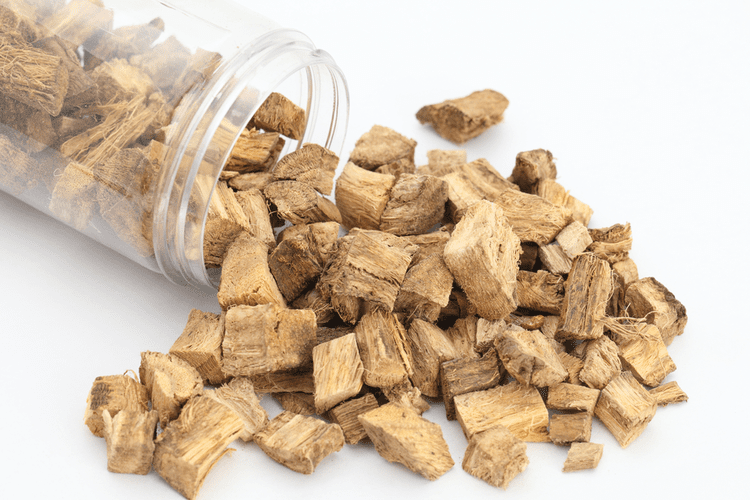Immersing Yourself in Recovery: What to Expect at a Sober Living House
Addiction specialists stress that residents actively address their addiction challenges. Many homes advocate for structured schedules, focusing on recovery, and may provide counseling or medication monitoring services. The main goal of sober living is to provide residents with the tools, guidance, and peer support crucial for a successful https://cult-cinema.ru/reviews/z/zombi2/?sa=X&ved=0CBcQ9QEwATgUahUKEwjSl5T6h_nGAhVDnnIKHWDfBqQ transition back into society. Living in a sober environment helps you develop new habits and routines, taking what you learned during drug or alcohol rehab and applying it in your daily life. Living in a sober home will be similar to living in rehab, but here, you will continue to work or go to school and have financial independence.

Are There Non-12-Step Sober Living Homes?
Like any lifestyle change, Sobriety requires developing new habits and routines. An extended stay offers the time and repetition needed to solidify these habits until they become a natural part of daily life. While not all homes offer direct therapeutic services, they often connect residents to essential local resources like counseling or job placements. Ethical behavior is vital when it comes to running an SLH or halfway house. The administrator or owner of the home must gain residents’ trust and display ethical behavior and conduct themselves in a professional manner at all times.
- These homes enforce specific rules like curfews, mandatory house meetings, and routine drug tests.
- Each residence will have different rules about drug testing but may include both scheduled and random drug tests.
- All SLHs and halfway houses should have standard admissions protocols in place to ensure that residents come into the home having proper expectations and similar recovery goals.
- Many are available as a resource to anyone who needs help with addiction and is willing to take action toward recovery.
- The ways that sober living houses work vary depending on the level of support provided.
- If you are interested in exploring sober living in California, see if you can find what you’re looking for with the most frequently asked questions we receive here at Gratitude Lodge in Southern California.
- Level IV services include in-house clinical services and programming and life skill development.
What Is the History of Sober Living Houses?
- Other networks of sober living homes similar to the Oxford House model were started to facilitate self-supported and self-governed residences.
- Certain age brackets can experience specific challenges when recovering from addiction.
- Sober living homes for the LGBTQ+ help them recover by focusing on self-acceptance, peer support, and mental health.
- Remember, the journey to sobriety doesn’t end once you leave the sober living home.
If you are seeking drug and alcohol related addiction rehab for yourself or a loved one, the SoberNation.com hotline is a confidential and convenient solution. If you or your loved one needs to go to a sober living facility, contact your local healthcare professional or medical professional for a referral. Smith and Clark recommend seeking out an SLH after completing clinical treatment to best practice the skills learned in the program alongside others in recovery. Due to how interchangeably these terms are used, it is important to ask questions about expectations and structure to determine which home is the right fit for you. The cost of repeat treatment, prison time, ER visits is far greater than the cost of a recovery home.
Benefits and Drawbacks of Sober Living Homes
Some sober-living facilities are only offered for as long as you are in the treatment program. For others, you can remain in a sober-living environment after treatment is completed. Halfway houses serve as the halfway point between an institution and independent society, with residents usually coming from either correctional or inpatient treatment facilities.

POSITIVE ENVIRONMENT
Sober living in California has become an increasingly popular option for individuals in recovery from addiction. Many people enter https://starominskaja.ru/main/5005-v-rossii-vstupaet-v-silu-zapret-na-kurenie-v-uchebnyh-zavedeniyah-ostanovkah-i-vokzalah.htmls after intensive inpatient or outpatient treatment. If you are in treatment, you may work with a social worker or care coordinator who arranges for sober living. However, most sober living houses do not require you to have had any specific type or amount of addiction treatment before entering.
Red Flag: Claims to Be Free or Will Pay You

You deserve to have the best chance at a clean and sober life and doing your homework before entering a transitional home will pay off well into the future. Ensuring that the administration of an SLH or halfway house is vigilant about complying with any kind of necessary inspections is an important part of establishing its validity as a reputable residence. In response, policymakers have attempted to create laws allowing states to regulate sober living homes. With little structure and monitoring, someone new in their recovery may want to a higher-level sober living home. Sober living homes are places where someone in recovery can find independence while learning to seek and obtain community resources necessary for long-term recovery.
Red Flag: Does Not Have Admissions Requirements, Does Not Keep Records
To live in most recovery residences, you must be abstaining from drug and alcohol use. Some homes will require that you already be sober for a specific period of time. Many people choose to attend 28-or 30-day, 60-day or 90-day inpatient treatment programs before entering sober living environments. Sober living houses are usually peer-run facilities encouraging continued substance use disorder recovery. Occasionally they are run by a charity or an addiction treatment center as a less structured and more informal version of the inpatient treatment plans they offer. Sober living houses allow residents to live together in a drug and alcohol-free space.
As you progress through the program, you will be expected to take on more responsibilities and work towards your goals and aspirations. You should also ask about the program’s cost and any financial assistance that may be available. Finally, it is important to consider the location and amenities of the sober living home, as these factors can impact your overall experience in the program. While Level 2 homes don’t have recovery services onsite, there’s usually a strict requirement for maintaining membership in a recovery group or sticking to an aftercare plan with a counselor. This differs from Level 1 homes which tend to have more relaxed policies on how often drug or alcohol tests are required. Many houses require residents to attend some sort of recovery, be it a 12-step program or outpatient counseling sessions.
Staff at sober living communities may also provide connections to other licensed and accredited professionals relevant to your recovery journey. You become part of a recovery-focused community to improve your social health. Sober living housing was developed as a response http://www.race-nights.co.uk/BeachNightClubs/night-clubs-in-cocoa-beach-fl to the co-occurrence of homelessness and addiction. But, unfortunately, even for those who have housing, many leave treatment only to return to living environments that are not recovery focused, where others use substances, or where substances are accessible.
